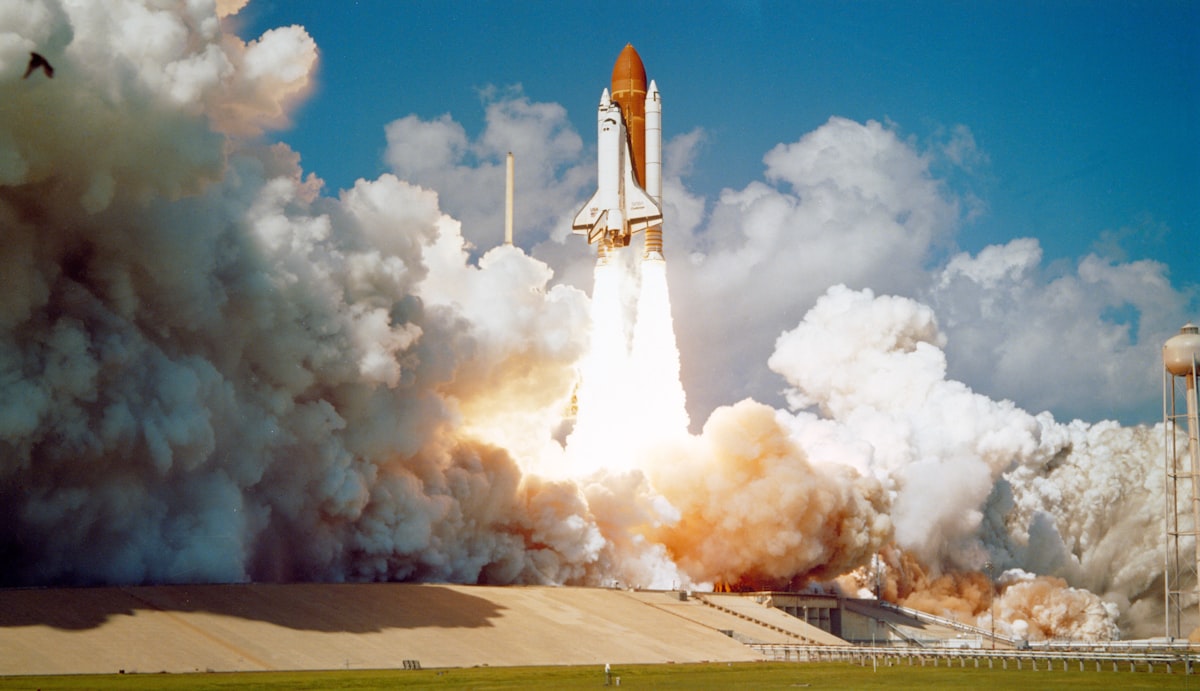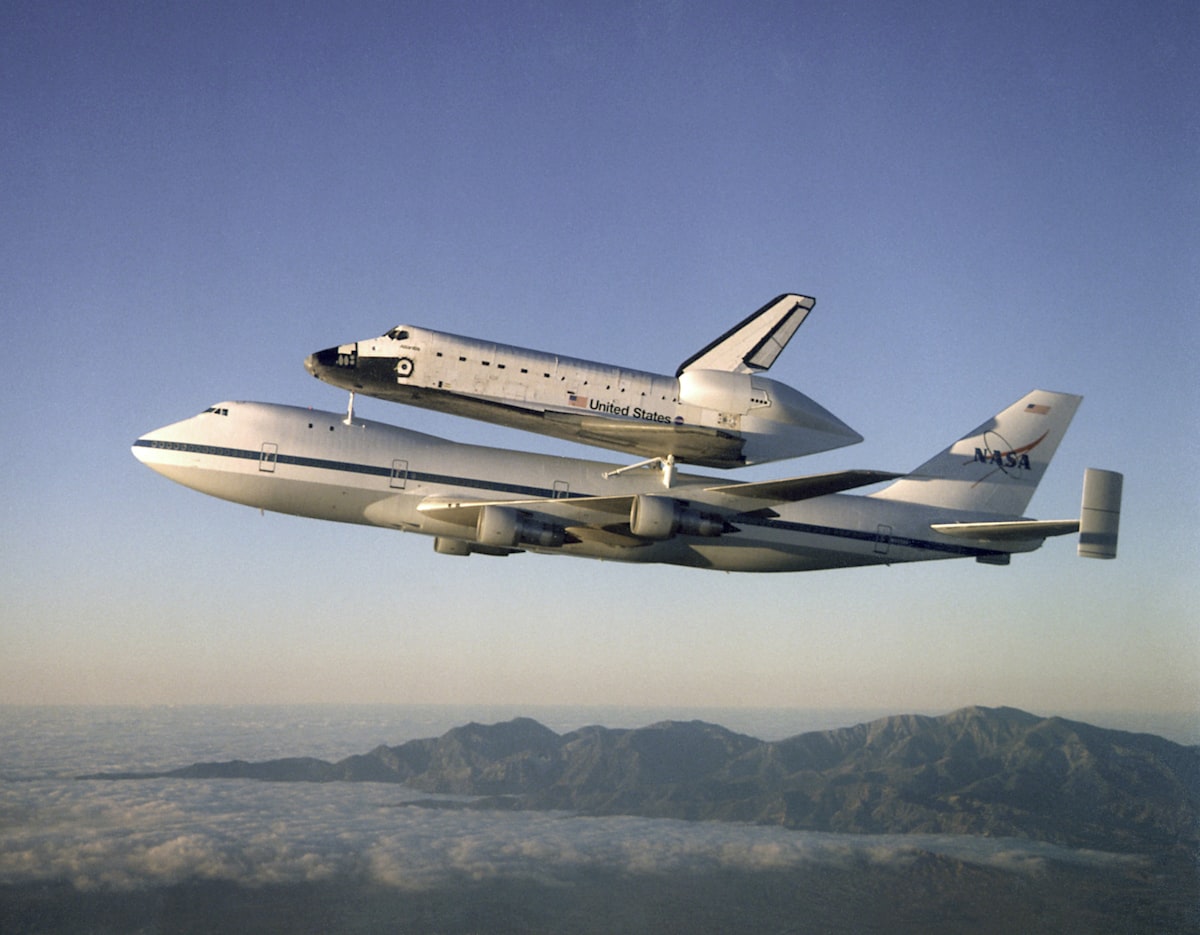My father could have died, should NASA have told us? Did they know enough to tell us?

My father was selected in the first group of space shuttle astronauts in 1978 and flew three times on the space shuttle. He came close to death on two of them, but the story of his second mission is particularly harrowing. That mission, called STS-27 and flown on the shuttle Atlantis, was the second launch after Challenger was lost and was a classified mission. This was 1988, well before the days of an International Space Station, and so most shuttle missions were flown to launch satellite payloads. It was also a time when the Department of Defense was a big customer of NASA and the space shuttle program. Many younger readers probably don’t know that several military payloads were launched in secrecy by the shuttle throughout the 1980s. See here for a list of such missions.
During the launch of STS-27, some material from the nose cone on the right solid rocket booster broke free and struck the bottom of the orbiter on the right side. This debris, like a rock skipping along a glass-smooth pond, bounced or scraped along the silica tiles on the belly of the orbiter – the tiles that protect the metal underneath from melting during re-entry. These tiles, along with reinforced carbon-carbon (RCC), a material used on the leading edge of the wings and other high-heat areas, constitute the shuttle’s heat shield.

The tile damage on STS-27 was an ominous fore-shadowing of similar damage on STS-107 in February of 2003. The latter mission, flown by Columbia, was lost when the hot plasma of reentry gnawed away at a hole in the RCC shield material on the leading edge of the left wing. The hole was the result of foam that came off the orange external tank during launch and impacted the wing as seen in this video.
The debris strike that occurred on STS-27 was noted during the review of launch film shortly after blastoff and while Atlantis was still in orbit.
In an effort to ascertain whether there had been any tile damage, the crew was asked by mission control to use the robotic arm on the shuttle to reach over the side of the orbiter and take a peak, as best they could, at the bottom of Atlantis. My father, operating the arm, positioned it so that the crew could see a closed circuit view of the belly of Atlantis inside the cockpit. What they saw didn’t quite leave them speechless – it led to a few “holy shits” and other colorful exclamations instead. They could see streaks of white along what should have been an uninterrupted expanse of shiny black landscape on the shuttle’s underbelly.
The image they were seeing was a sign that the black coating of the tiles had been ripped free, revealing the white core of the tile at best, whole sections of tiles missing at worst. But apparently for reasons related to the encryption of their downlinked images – encryption required by the DoD because of the classified payload – mission control told the Atlantis crew that they were unconcerned about what they were seeing (a great summary of the details can be found here). The crew was incredulous, but didn’t argue and resolved to enjoy the rest of their mission trying to take the advice of their commander who noted that there was “no reason to die all tensed up.”

Inspecting the damage after landing. Dad is to the far right. Guy Gardner and Bill Shepherd inspect the tiles with him.
My mother, sisters, and I were never made aware of any of the concern about Atlantis’s tiles during the mission. And we certainly weren’t aware of the crew’s trepidation about their concern that they wouldn’t survive re-entry. In fact, I think it’s fair to say that those of us on the ground thought the real danger was over. Anytime the shuttle isn’t sitting still on the ground, it’s dangerous. But launch was what scared us, not re-entry. We were looking forward to Dad’s return, blissfully naive about what could happen if a tile had been lost in the wrong spot.

A close up of an area where an entire tile was lost on STS-27. The heat damage is clearly visible.
In thinking about this today, I wonder … if NASA had been aware of the extent of the damage, would I wanted to have known? It’s unlikely there would have been anything the crew could have done about what they saw. There was no space station to retreat to. There was no second shuttle prepared on a Florida launch pad, ready to rendezvous with Atlantis and ferry the crew from their crippled vehicle to the healthy one using something like an early concept of a “personal rescue enclosure.” As commander Hoot Gibson notes in the linked article above, they may have been able to attempt some sort of modified re-entry profile. Of course, this could have introduced other risks.
All of this begs the question: if Dad had been killed during re-entry, would I have resented NASA for not letting us go to mission control and say a good-bye? Indeed, if NASA did think that they were doomed, would they even have allowed this? Is there a procedure that exists in the bowels of some NASA archive that explains exactly what the protocol would be when a crew was stranded without any means to safely return? If so, I’d love to see it.
I’m not sure about any of the answers to the questions this episode poses. But from where I sit today, I think I’d rather not have known, even if NASA did. But that’s easy to say when things turned out okay.
Patrick Mullane is the Executive Director of Harvard Business School Online
In addition, Patrick is the author of The Father, Son, and Holy Shuttle: Growing Up an Astronaut’s Kid in the Glorious 80s. To purchase, click here.
